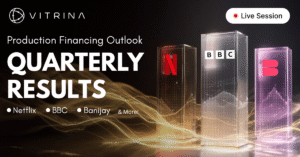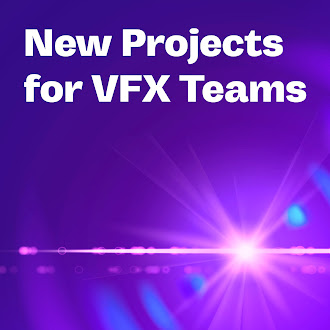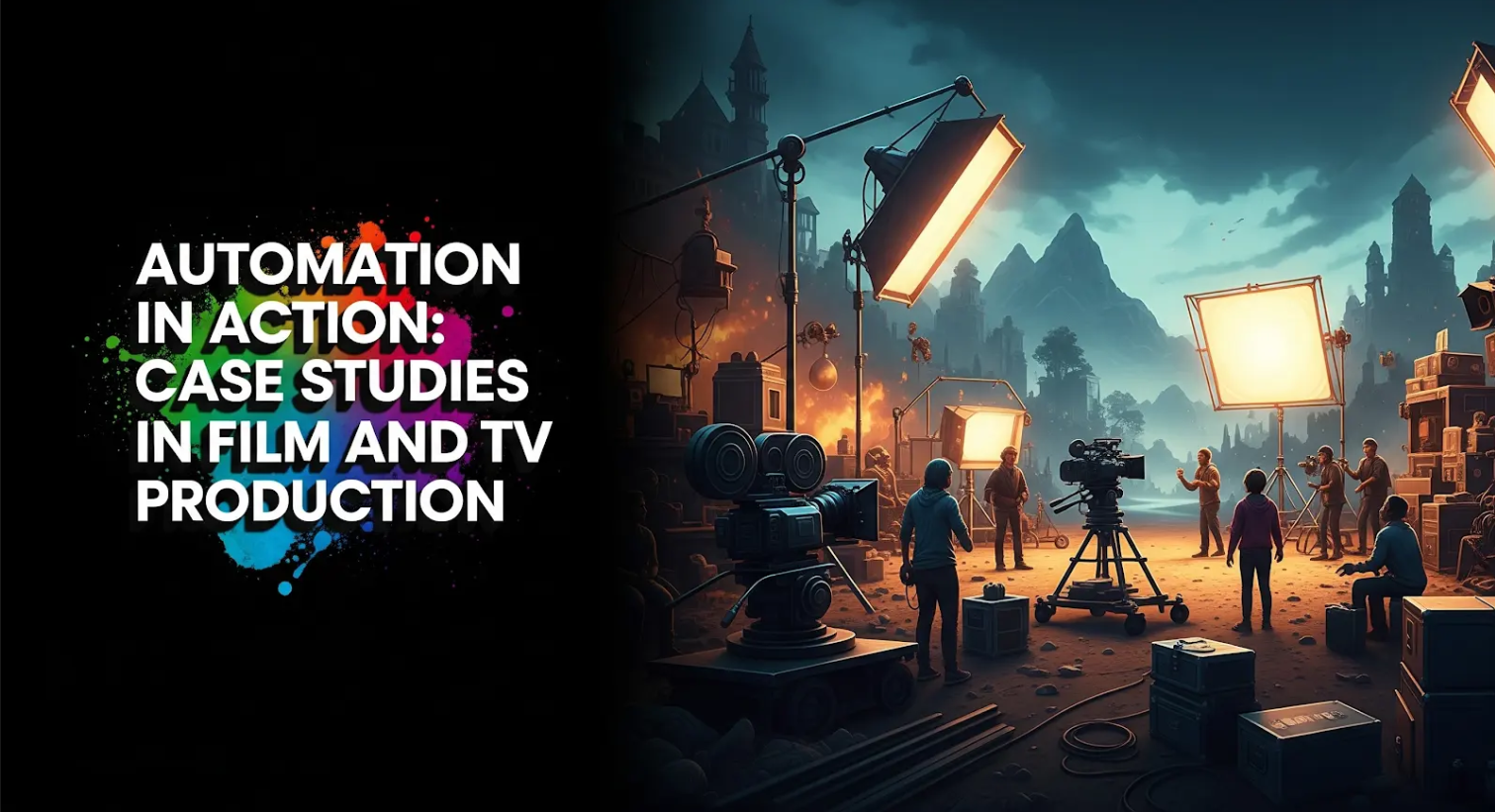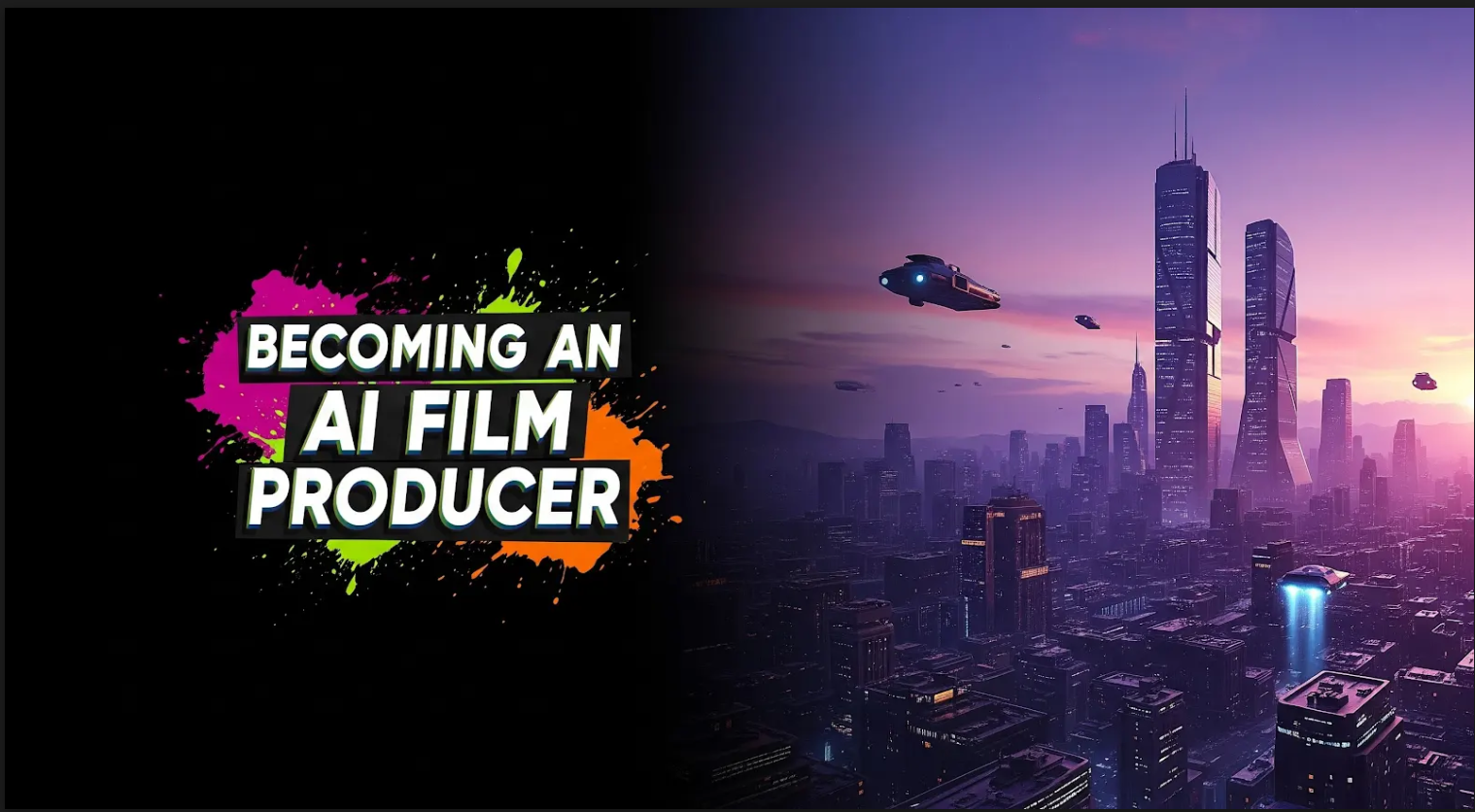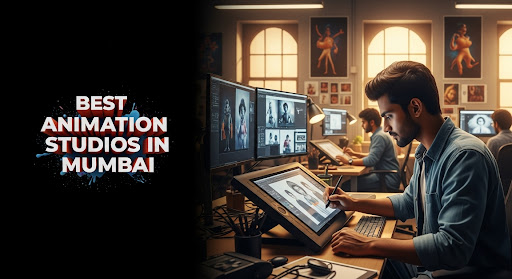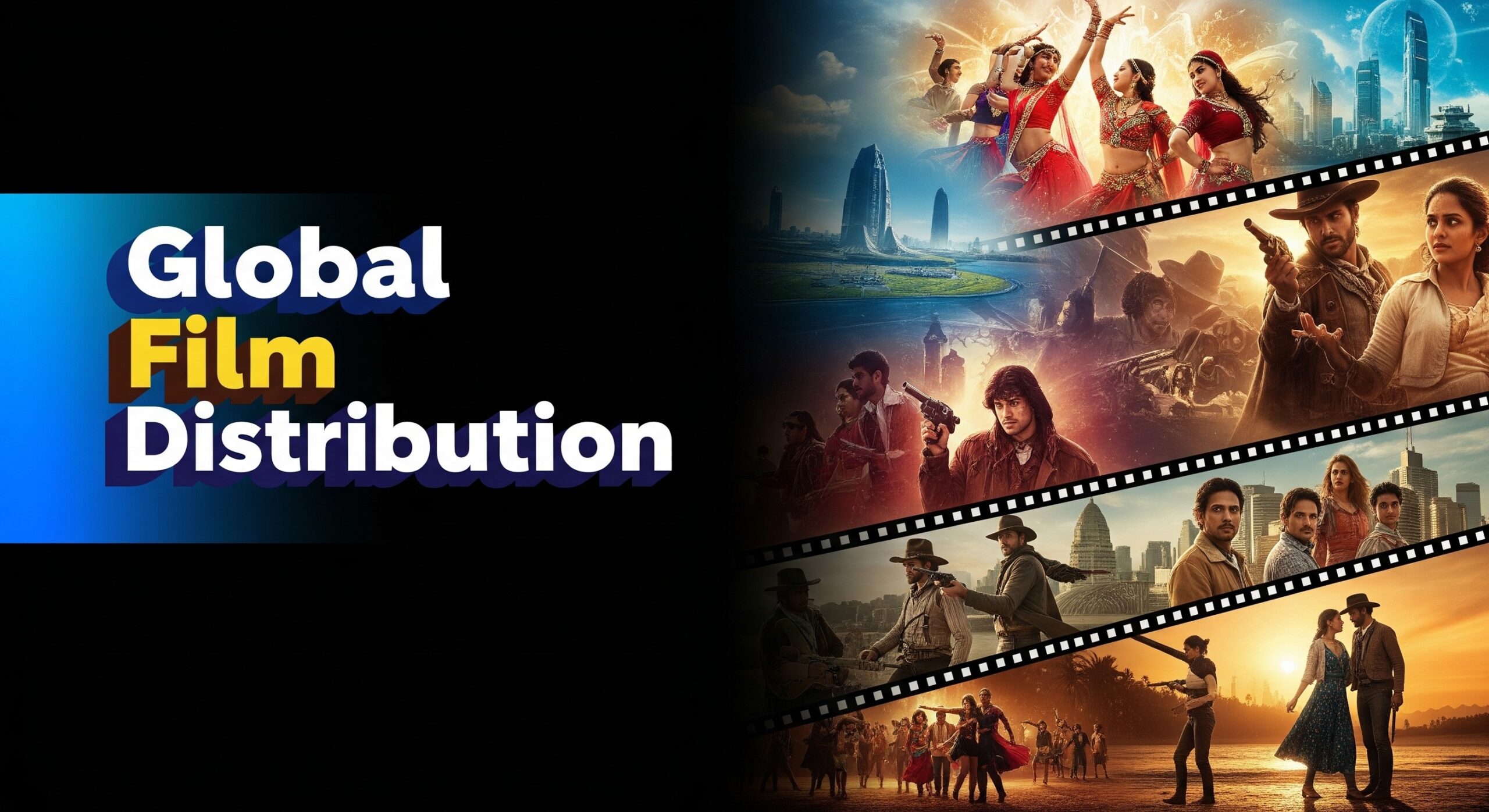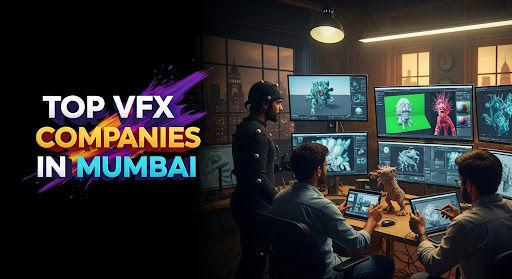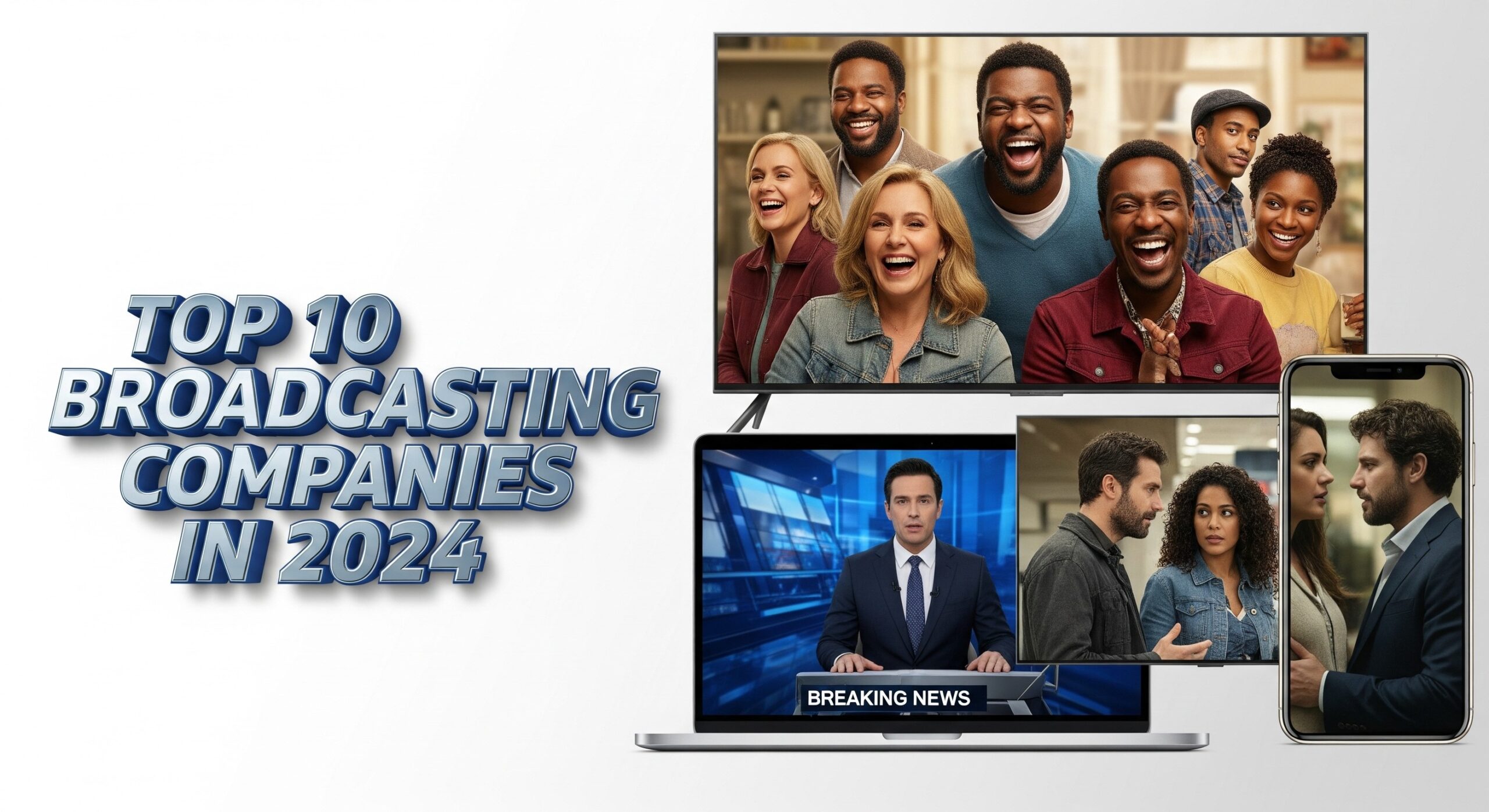Introduction
Visual effects now consume up to 40 % of a modern feature-film budget.
From photoreal dragons to entirely virtual worlds, VFX is where creative ambition meets engineering rigor. Yet fewer than a dozen studios can reliably deliver Oscar-level quality at blockbuster scale.
For media CXOs and OTT buyers, picking the wrong vendor can trigger blown schedules, spiraling costs, or lackluster visuals that sink audience trust. You need partners with pedigree, capacity, and proven multi-time-zone pipelines.
This ranking—curated and verified by Vitrina.ai—highlights ten studios that consistently set the craft and business benchmark for the global VFX industry.
Key Takeaways
| Topic | Summary |
|---|---|
| Studio Highlights | Elite vendors with award-winning portfolios and global reach |
| Ranking Factors | Awards, headcount, geographic footprint, proprietary tech, end-to-end services |
| Why Vitrina | One-click visibility into live pipelines, credits, and contacts |
Top 10 VFX Studios
- Industrial Light & Magic (ILM) – Disney’s crown-jewel operates nine facilities from San Francisco to Mumbai. ILM’s StageCraft LED volume re-invented virtual production on The Mandalorian; 15+ Oscars cement its No. 1 status.
- Wētā FX – Wellington-based powerhouse behind Avatar and Lord of the Rings. Seven Oscars and proprietary tools (MASSIVE, Loki) make it unrivaled in large-scale crowd sims and photoreal creatures.
- DNEG – London-born, now 9 000+ artists across four continents. Credits include Dune, Interstellar, Blade Runner 2049; expanding AI-driven workflows via new Abu Dhabi hub.
- Framestore – Europe’s largest integrated VFX/animation studio. Known for Gravity and Guardians of the Galaxy; blends film, advertising, and immersive projects.
- MPC & The Mill – Technicolor brands: MPC handles tent-pole films (The Lion King remake) while The Mill dominates branded content, XR, and real-time pipelines.
- Digital Domain – Founded by James Cameron & Stan Winston, this LA giant pushes digital-human R&D (virtual Tupac) and delivers high-end VFX across film, games, and VR.
- Cinesite – London, Montreal, Vancouver + Image Engine & TRIXTER. 3 000 artists powering everything from James Bond to Marvel; investing heavily in ML render acceleration.
- Pixomondo – Sony-owned studio best known for Game of Thrones dragons and virtual-production stages in Toronto & Stuttgart; strong OTT and AAA-game crossover.
- Crafty Apes – El Segundo boutique punching above its weight with crisp comp on La La Land, Doctor Strange, and streamer hits; praised for director-friendly agility.
- Digital District – Paris studio blending art-house aesthetics with disciplined pipelines; delivers sleek visuals for European cinema and streaming originals.
Why Vitrina.ai?
Project Tracker lets you compare these studios’ live pipelines, regional capacity, and verified contacts—so you skip cold outreach and move straight to deal-making.
Seeking VFX Talent Worldwide?

Conclusion
These ten VFX companies set the bar for production quality, scale, and innovation. By leveraging Vitrina.ai, media executives gain real-time insight into each studio’s capacity and credentials—securing the right partner before competitors do.
FAQs
1. Which VFX studio holds the most Oscars?
Industrial Light & Magic leads with 15+ Academy Awards for Best Visual Effects.
2. What is the largest VFX company by headcount?
DNEG tops the list with roughly 9 000 employees across four continents.
3. How do I choose the right VFX partner for my project?
Match scope, schedule, and creative style. Evaluate award history, pipeline tools, geographic coverage, and delivery reliability.
4. How does Vitrina.ai help in vendor selection?
Vitrina aggregates verified credits, live project pipelines, and contact data—allowing CXOs to shortlist studios in minutes instead of weeks.


























